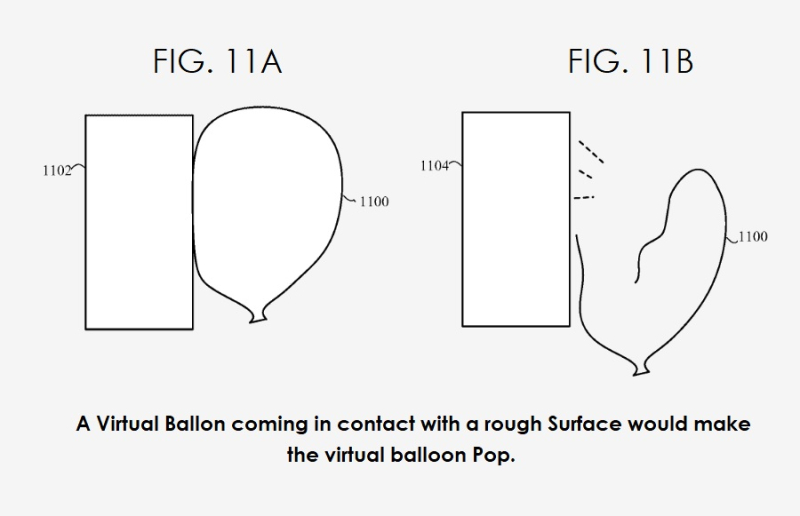This week, global technology firm Apple filed a patent with the US Patent and Trademark Office (USPTO) for a pair of sensory gloves, it was reported this week.
The patent filing covers a device that accurately simulates touch for users to detect an object’s “roughness and waviness” when in an augmented, virtual, or mixed reality (AR/VR/MR) environment.
According to the patent filing, virtual surface qualities would feel so realistic to a user that they would determine the difficulty of carrying a simulated object.
The background description of Apple’s USPTO filing states,
“When grabbing an object, some amount of roughness may make it easier to hold onto the object, but too much roughness may cause pain and make it difficult to hold onto the object”
Apple’s simulated surface quality technology also heightens the interaction between virtual objects, and the platform can realistically recreate the behaviours between virtual objects such as a balloon popping on a rough surface.

Additionally, the simulated object behaviour will recreate the manners of the tips of virtual pens, pencils, or brushes on a variety of surface qualities.
Apple uses self-mixing interferometry (SMI) sensing technology to enable users to perceive the surface qualities of virtual objects while within an MR environment.
The news comes after Apple filed a USPTO patent for a ring-shaped immersive navigation device for integration in gloves, bracelets, necklaces, headphones, and head-mounted devices.
Haptic Gloves
Firms have recently begun investing in haptic glove technology to heighten user immersion and navigation. Last November, Meta Reality Labs announced a prototype haptic glove for interaction in XR environments.
Meta ReSkin solution uses a world-first, high-speed microfluidic processor that regulates airflow around a glove to power motors that simulate virtual touch and feel.
Other companies like HaptX completed a Series A funding round last year, worth roughly $12 million USD, to develop haptic gloves and establish a new HQ. Ahead of its Series A funding, the US Air Force also awarded Haptx a Small Business Innovation Research (SBIR) contract.
In October last year, Dutch hardware manufacturer SenseGlove used mechanical wires and a force-feedback system to power its SenseGlove Nova VR haptic gloves, which produce up to 20 newtons of force in 20 milliseconds.
South Korean researchers also designed a pair of 3D-printed haptic gloves in September last year that simulate the temperature of digital objects.
Alternatively, haptic products have begun to escape traditional haptic glove designs, namely after UK firm Ultraleap began developing devices with infrared light to wirelessly track a user’s hands and relay haptic feedback without additional wearables.







